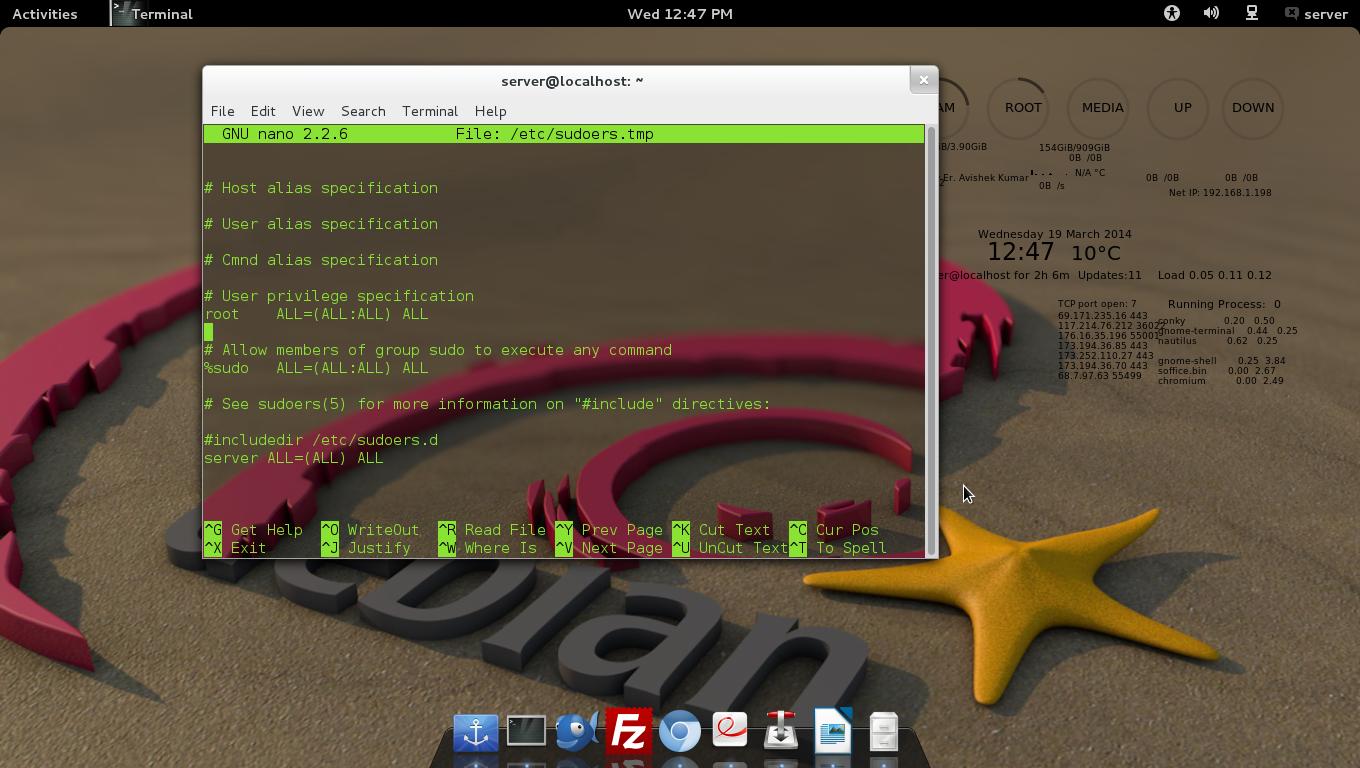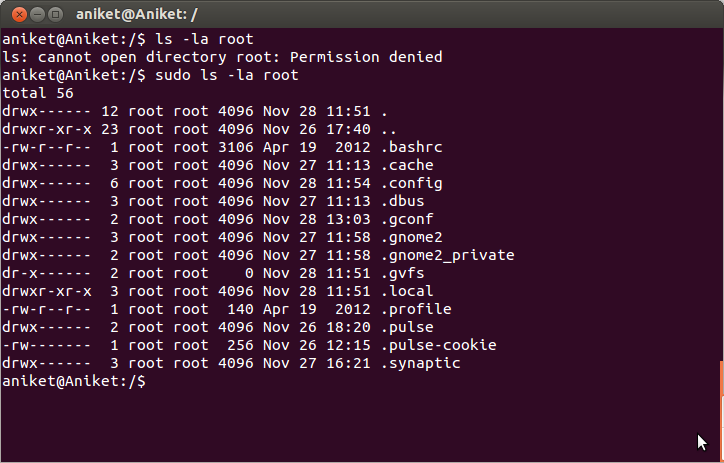
nixCraft is a labor of love, and it’s only possible thanks to the support of our readers. You won’t have to deal with pop-ups, ads, cookie banners, or other distractions. nixCraft is designed to be fast and easy to use. Just pure content in the true spirit of Linux and FLOSS. I don’t track you, show you ads, or spam you with emails. I keep the content accurate and up-to-date. I create all the content myself, with no help from AI or ML. You need to consider any security consequence of allowing a sudo command execute without a password. This can be achieved by editing /etc/sudoers file and setting up correct entries. This is useful for scripting or any other purpose.
#Sudo su without password password
Some times you may need to run a command with root privileges, but you do not want to type a password using sudo command. By default, sudo needs that a user authenticates using a password before running a command. You can delegate common tasks such as reboot the server or restart the Apache or make a backup using sudo for unprivileged users. Typically as a root user or another user. Sudo (“superuser do”) is nothing but a tool for Linux or Unix-like systems to run commands/programs as another user. How do I run or execute sudo command without a password for a user named Tom under Debian/Ubuntu/CentOS Linux cloud server? After login, I need to run some commands as root user. How do I use sudo command without a password on a Linux or Unix-like systems? I log in as and disabled root login for ssh.

Sed -i /etc/sudoers -re 's/^%sudo.*/%sudo ALL=(ALL:ALL) NOPASSWD: ALL/g' & \ Useradd -U foo -m -s /bin/bash -p foo -G sudo & passwd -d foo & passwd -d root & \ This is how I've implemented the non-root, passwordless user in an ephemeral Docker Image for use in a CICD pipeline with the base image of ubuntu:18.04: RUN \

It looks like this: #includedir /etc/sudoers.d This is a sneaky little directive, as it appears to be a commented line upon first glance. Is it because the user nicholsonjf was inheriting sudo rights from the two group specifications of admin and sudo (seen below in the sudoers file), which were overriding the nicholsonjf user specification because they were further down in the config file?Īs I was researching this, I realized that there's a line in the /etc/sudoers file that is not a comment, but a directive that makes any file or folder under the directory /etc/sudoers/* override the contents of /etc/sudoers. I was only able to start running sudo commands as nicholsonjf once I removed nicholsonjf from the sudo and admin groups. However this did not work, and I was still prompted for my password every time I ran a command as nicholsonjf. # See sudoers(5) for more information on "#include" directives: # Allow members of group sudo to execute any command # Members of the admin group may gain root privileges
#Sudo su without password how to
# See the man page for details on how to write a sudoers file.ĭefaults secure_path="/usr/local/sbin:/usr/local/bin:/usr/sbin:/usr/bin:/sbin:/bin"

# Please consider adding local content in /etc/sudoers.d/ instead of Initially, my only change to the sudoers file ( /etc/sudoers) was one line, a user specification that should have enabled nicholsonjf to run all commands with sudo without having to enter a password (see the line that starts with nicholsonjf): # This file MUST be edited with the 'visudo' command as root.

I understand it's a huge security risk to enable NOPASSWD sudo. NOTE: I have made these changes on a dedicated machine running Ubuntu Desktop 13.04, that I use purely for learning purposes. This is a fairly complex question related to the sudoers file and the sudo command in general.


 0 kommentar(er)
0 kommentar(er)
